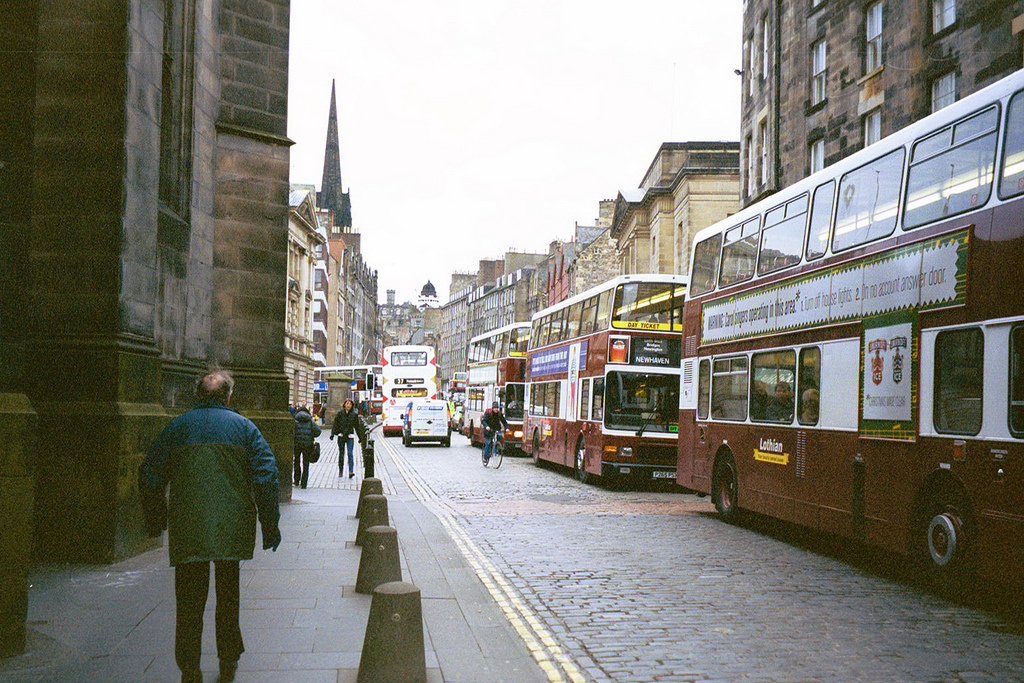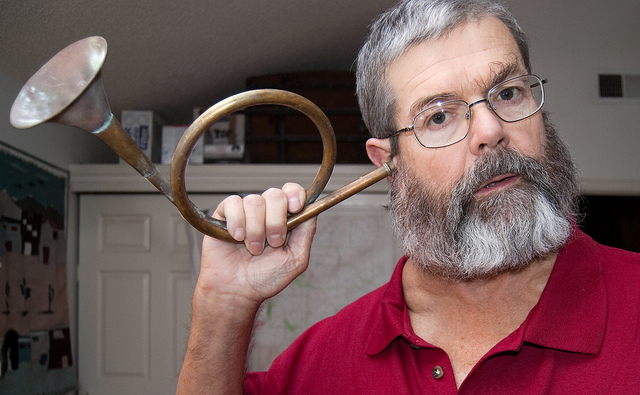Tag Archives: history
4 Locations for a Relaxing Holiday

Are you too stressed from working all day? You want to go on vacation, right? Travelling is, for sure, one great and soothing way of spending your vacation. So, book a ticket now, pack your things up, and take your well-deserved vacation to these 4 amazing destinations….
Cyprus
Cyprus is now becoming one of the favourite island getaways, thanks to its amazingly gorgeous landscapes and breathtaking pristine beaches. If you love arts and fashion, then this place can be a great boon to you as well.
Cyprus has three lovely cities, namely Lefkosia, Limassol, and Paphos. The well-known Medieval walls in Lefkosia remain to be one of the city’s most captivating historic landmarks. Limassol, on the other hand, houses the most famous museums in the city. Do not miss your chance to visit the Kolossi castle. For beach lovers, this city is for you. Several hotels for your accommodation are located near the beach. Paphos is known to be the birthplace of the beautiful goddess Aphrodite. The Tombs of the Kings is certainly magnificent.
Book at cyplon.co.uk
London
Buckingham Palace, Big Ben, Houses of Parliament, Westminster Abbey, the Tower of London, the British Museum, and the London Eye are among the many marvellous sites your eyes can enjoy feasting upon in London. Love watching a play? The National Theatre is highly recommended. Want to experience a boat trip? Try it on the River Thames. Looking for a new outfit? Shop at Regent or Oxford Street. London is without doubt a perfect place for a vacation.
Find London tours at visitlondon.com
A serene heavenly place, the Cotswolds in the UK is a relatively unknown to many travel junkies. There aren’t a lot of information about it today, but you will be truly amazed with the otherworldly beauty of this destination. After all, the place is famous for its wonderful landscapes and incredible historic house villages.
For those who are travelling with children, the Cotswold Farm Park and the Broadway Playground allows you to get in touch with nature and animals. Here, you can plan a picnic in the garden or go biking in the playground.
Blenheim Palace is another terrific place to swing by in Cotswold. Upon arriving, you will be assigned to a tour guide, who will show you every beautiful feature of the palace. It has a pretty huge garden space that is perfectly designed for guests to enjoy.
Find a beautiful cottage with character-cottages.co.uk
Edinburgh
Scotland’s capital, Edinburgh, is a host to the colourful Edinburgh Fringe festival. Celebrated from July to September, people from all over the world come to Edinburgh to witness the spectacles and experience the convivial feel of this festival. The festival, by the way, features arts, blues, jazz, television, music, drama, and theatre.
Hogmanay (New Year celebration) is often considered the best among all street parties in the city. The classical Scottish Parliament arranges bookings for tours inside for a closer look at its history, literature, and architecture.
Get more Edinburgh info from timeout.com
Overall, the top locations for a relaxing holiday are truly brilliant. Plan your vacation ahead by preparing an itinerary to have an organized vacation. Trust me, this lessens stress as well as helps create a systematized holiday.
Also, never miss the top tourist attractions in every city you visit. Take photos to keep memories, and do not let anything ruin your day. More importantly, relax and enjoy your whole vacation. Cheers!
2 Atrocities To Remember From WWII
Everyone has heard of the atrocities of WWII as there were countless. These were committed by both sides whether it was the Axis powers or the Allied powers. No war tore the world apart like WWII and the human rights violations and war crimes that were committed were unlike any other war. It seemed like both sides of the war realized the way it could change the world and pulled no punches during any part of the war. With all of this being said, there are things that regardless of the implications of the war that should never be committed. This will highlight specific cases where the line was crossed no matter who had committed the war crime or atrocity.
Comfort Women
Japanese comfort women were instituted during WWII and there use was appalling to say the least. Comfort women were forced into prostitution to keep the Japanese soldiers’ morale up. This was also to quell any dissension that was going on throughout the ranks. These women were kidnapped from Japanese occupied territories. There was also deception used when promises of jobs turned into the women being taken to the comfort stations. Government forced sexual slavery for any reason is not acceptable. Nearly 75 percent of these women had died during their service at the comfort stations. Women who refused to take part in this were severely beaten and others who still refused were executed without hesitation. The people who ran these brothels used intimidation to keep the women in line. This is an atrocity in which no person can say this was justified in any way. Of course the numbers of women is contrasted depending on who is telling the story. The Japanese government estimates much lower numbers than other sources which is expected. Regardless if the number was 10 women, it was still wrong and something that should have reparations paid if the victims are still alive.
Biscari Massacre
Many people tend to think that only the Axis powers during the war committed war crimes. The US military were responsible of some war crimes during WWII. The Biscari Massacre was the slaughter and execution of German and Italian soldiers who were prisoners of war and more importantly unarmed. General George Patton was in charge of the division of soldiers on the American side that committed this crime. Patton in his diary when asked about the atrocity wrote “I told Bradley that it was probably an exaggeration, but in any case to tell the Officer to certify that the dead men were snipers or had attempted to escape or something, as it would make a stink in the press and also would make the civilians mad. Anyhow, they are dead, so nothing can be done about it.” This showed that he was neither sorry or had any intention of facing the consequences for this slaughter. Many people do not hear about these things as the victor of the war writes the history books. Imagining what happened on both sides that nobody will ever here about makes this writer shutter.
As you can see, both sides committed atrocities that should have never happened. Forced sexual slavery and the slaughter of prisoners are grave things that should have been punished but sadly were not punished appropriately. The punishment is spreading awareness of these awful things that happened.
The History of Hearing Aids

Over the years, the lot of those who have developed or were born with hearing impediments has improved dramatically, in no small thanks to the dedication of passionate scientists in the auditory field who dared to dream that one day, the hard of hearing might be able to function in society on the same level as able-hearing people.
While those with hearing deficiencies today might take the latest modern digital hearing aids for granted, the truth of the matter is that this subset of technology has had a long and fascinating history. Let’s take five minutes or so to trace the history of hearing aids through the centuries…
Let There Be Sound
The first hearing aid was crafted in the 17th century, allowing the partially deaf to better understand conversations going on around them. Resembling a trumpet or horn one would play in an orchestra than the unobtrusive, discreet hearing devices we enjoy today, this early attempt allowed those with deteriorating hearing to understand their peers.
It came at a social cost though, as it made many of its users self-conscious of their disability at a time less forgiving of disabilities, as opposed to the wide acceptance that many benefit from in the present day. However, being a royal, the aging king of Portugal was crafted a hearing chair in the early 1800’s, which had discreet holes in the lion-head armrests (their mouths), which channelled sound up the back of the throne to hidden “speakers” just out of view at ear level.
Hearing Aids With Dignity
As the 19th century wore on, the rush was on to make hearing aids that were less embarrassing for the people who depended on them. One such innovative design was the acoustic headband, made by Frederick Rein, the same inventor that made the aforementioned chair for the Portuguese king.
Worn as a handband that blended in with the fashions of the time, the part of the device near the ear boasted collectors that would amplify sound within the immediate surrounds of the person wearing it.
The Deaf Hear Again (Or For The First Time)
With the development of the microphone and telephone in the late 1800’s, the electrification revolution was well underway, and it was only a matter of time before it found its way into smaller devices like hearing aids. While the first electric hearing aids at the turn of the 20th century were a bit too bulky to pass the social acceptability test, by the 1940’s, miniaturization has progressed to the point where these devices could be worn rather than carried, opening a new world to those who had been shrouded in silence prior to this.
The Digital Revolution
With the invention of the computer, hearing aids entered the digital era, as auditory scientists began to figure out how to leave behind the drawbacks of electric hearing aids in the 1960’s. Considering the size of CPU’s back then, miniaturization took some time to accomplish, and even in the 1970’s and 1980’s, the clunky appearance of the device led to slow acceptance.
In 1989 though, the first behind the ear aid was built, starting a wave of approval that took off in the 90’s, when a digital hearing aid small enough to be inserted in the ear tube like an earplug was designed. Not only did it attain the holy grail of discreteness, it also contained the technology within to auto-adjust to its environment, eliminating the need for an external modulator to be carried at all times.
What’s Next?
The pace of technology these days is dizzying, even in the niche hearing aid industry. Whatever the innovators in the auditory field come up with in the years to come is sure to amaze and astound even the most cynical skeptics!



